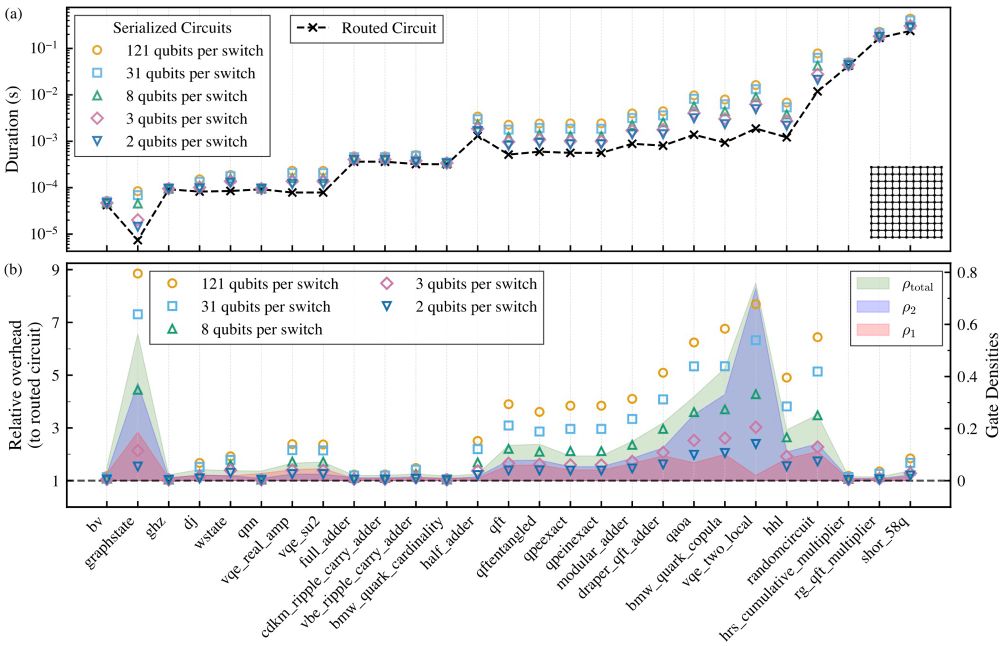(7/7)

(7/7)
(6/7)


(6/7)
(5/7)

(5/7)
(1/7)

(1/7)
(6/6)

(6/6)
(4/6)

(4/6)
(1/6)

(1/6)
(4/5)

(4/5)
(3/5)

(3/5)
(2/5)

(2/5)
”Overhead in quantum circuits with time-multiplexed qubit control”
arxiv.org/abs/2508.20752
(1/5)

”Overhead in quantum circuits with time-multiplexed qubit control”
arxiv.org/abs/2508.20752
(1/5)
"Intrinsic Multi-Mode Interference for Passive Suppression of Purcell Decay in Superconducting Circuits"

"Intrinsic Multi-Mode Interference for Passive Suppression of Purcell Decay in Superconducting Circuits"









